Iran’s Top Sunni Cleric Confirms Government Attack On Unarmed People
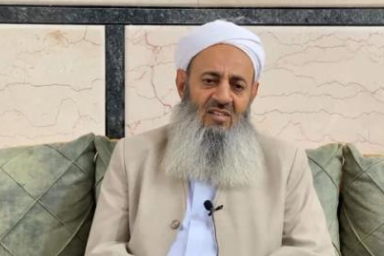
Leading Iranian Sunni cleric Molavi Abdolhamid said Sunday that plainclothes security agents fired live bullets at the heads and hearts of unarmed people.

Leading Iranian Sunni cleric Molavi Abdolhamid said Sunday that plainclothes security agents fired live bullets at the heads and hearts of unarmed people.
In a video message, Abdolhamid, the religious leader of Iran’s largely Sunni Baluch population, said security forces opened fire on people as they were returning to their homes after the Friday prayers in Zahedan.
Calling the killings an "unprecedented disaster," he claimed that the plainclothes agents started shooting in response to a small number of youths who threw stones at the police station, but there were many people among those shot that were saying their prayers and were not even chanting slogans.
"According to the reports that we obtained, the forces of the special unit were apparently already stationed in the said police station," he added.
At least 41 people were killed during the bloody Friday in Zahedan in southeastern Iran, increasing the death toll in the current protests in Iran to 133, the Oslo-based NGO, Iran Human Rights reported on Sunday. At least 200 more people were injured as police opened fire at protesters.
The Sunni cleric also confirmed reports last Friday about the rape of a 15-year-old girl in June by Colonel Ebrahim Khouchakzai, the commander of the police in the city of Chabahar.
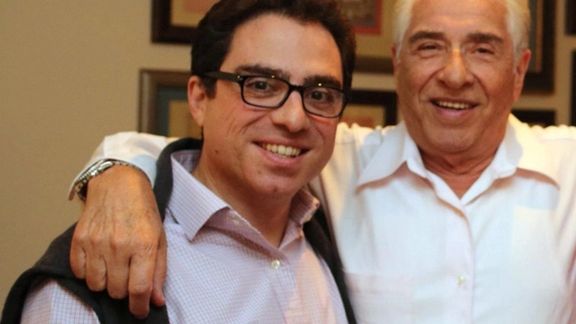
Iran’s official government news agency confirmed Sunday that Tehran will receive $7 billion of its frozen funds for a prisoner exchange deal with the United States.
IRNA confirmed on Sunday that a prisoner swap deal has been finalized between Tehran and Washington, according to which Iran’s blocked money in South Korea well be released. The report, however, did not mention the name of the Iranian(s) who are supposed to be freed.
On Saturday, reports said that an Iranian-American hostage, Siamak Namazi was released from Tehran’s Evin prison in a one-week renewable furlough. Namazi has spent 7 years in jail on Trumped-up espionage charges. His father Baquer Namazi who went to Iran to free his son in 2016 was also arrested and accused of espionage, but later freed from prison on medical grounds and now has been allowed to leave Iran.
United Nations spokesperson Stephane Dujarric announced about Namazis in a statement on Saturday.
Iran's Nour news said Saturday that the deal is the result of intensive negotiations in recent weeks with the mediation of a regional country regarding the simultaneous release of Iranian and American prisoners. Iran had earlier claimed that the $7 billion would be freed in exchange for the release of three American dual citizens.
Nuclear negotiations since April 2021 between Tehran and Washington are stalled, and a prisoner deal could be a positive signal for a resolution, but Washington has not confirmed the Iranian claims.

The Canadian premier said Saturday that people around the world are standing in solidarity with Iranians protesting the death of Mahsa Amini and standing up for women’s rights.
Prime Minister Justin Trudeau said in a tweet that Canada has sanctioned dozens of individuals and entities in Iran, and will continue holding the regime accountable for its actions.
Moreover, Foreign Minister Mélanie Joly said, "The Iranian regime continues to show disregard for human rights. As Iranian people protest the killing of Mahsa Amini, people in Canada are also marching in solidarity with them. Canada will hold Iran accountable for its crimes."
Tens of thousands of people marched in several Canadian cities, including Montreal, Toronto, and Vancouver, on Saturday in solidarity with protests in Iran. According to different estimates, about 30 to 50 thousand people participated in the gathering in Toronto.
On September 26, Trudeau announced that Ottawa will impose sanctions on those responsible for the death of the 22-year-old woman, including Iran's so-called morality police and its leadership. “To the women in Iran who are protesting: We are with you,” he said.
Mahsa’s death in the custody of hijab police sparked protests in her hometown in the western Kordestan province and capital Tehran that quickly spread around the country. Young protesters have held demonstrations every evening since September 18, defying Iran’s notorious security forces that in November 2019 killed at least 1,500 protesters in less than a week.

The Islamic Republic’s parliament has finally convened to discuss and whitewash Mahsa Amini’s death in custody, and the ensuing protests by blaming “enemies.”
Although individual Iranian lawmakers had spoken about the ongoing uprising in Iran, the parliament (Majles) for the first time issued a statement on Saturday about what it called "recent insecurities", the busiest days of protests, as people and students took to the streets in the most widespread anti-government protests yet.
On Sunday, the Majles dominated by hard-line supporters of Supreme Leader Ali Khamenei convened to thank security forces for their public service during more than two weeks of protests. There are no reliable figures about how many protesters security forces have killed, but a rough number of 150 can be estimated, considering 42 killed on September 30 in Zahedan when government forces opened fire on demonstrators attacking police stations.
Lawmakers gathered on the floor of parliament and chanted "Death to seditionist" taking an agressive postion against the protesters, as seen in the video below tweeted by ISNA news agency..
The statement on Saturday showed that the lawmakers are determined to ignore the real causes of the protests and continue the regime’s policy of dismissing any criticism. This is what Supreme Leader Ali Khamenei has done throughout the years. This time he is completely silent raising questions if he is still functioning and in charge.
Blaming America and ‘enemies’
The Majles, sticking to religious rhetoric, condemned the protests and denounced what it called "recent insecurities, and insults to sanctities." It repeated unfounded accusations that protesters insulted Islam, while the only insult throughout the protests has been directed at Khamenei.
Nonetheless, the parliament promises to follow up the case of Mahsa Amini, the young woman who was murdered in police custody in mid-September. But by all indications, the Sunday session showed that the ruling hard-liners are looking for excuses to once again argue that her death might have been from natural causes.
Iran International had published Mahsa Amini’s CT scan showing a broken skull, that Fars news agency affiliated with the IRGC verified as genuine.
The statement on Saturday was not signed by individual members of the parliament, so, it is not known how many of the 290 Iranian MPs have signed this rather authoritarian statement. However, what is significant is that the parliament has acknowledged that it was the Amini’s death that triggered the anti-government protests.
The statement charged that a group of people who were not part of the protesters took advantage to create havoc and insecurity in Iran and called on the security forces to prosecute the culprits.
Meanwhile, Etemad Online website in Tehran has quoted IRGC Brigadier General Hassan Hassanzadeh who is in charge of Mohammad Rasoulallah Division, the largest IRGC unit, responsible for the capital’s security, as saying that "the IRGC has understood through eavesdropping that America is behind the protests and wishes to send Iranians to the streets to protest."

Hassanzadeh said, "America knows that it cannot secure a victory in Iran by furthering its ‘maximum pressure’ policy, so it tries to trigger protests in the streets of Tehran." He added, "They sent individuals to Iran. We have arrested some of them and are trying to identify the rest." However, he did not name anyone.
"In our eavesdropping, we found out two weeks ago that an American official said the US has concluded that they cannot win anything in Iran through pursuing the maximum pressure policy," Hassanzadeh said, adding that "The enemies sent groups of people into the streets and caused some damage." He added the enemies who were aware of the Iranian people's financial problems, tried to destabilize our Islamic system."
Khamenei silent
Hassanzadeh is the only IRGC commander who has commented so far about the current protests. Some of this silence is because military commanders and politicians are waiting for Khamenei to speak out, but he has not said a word about the protests that have galvanized Iranians and solicited many international reactions.
Some observers say Khamenei usually speaks about such events when he makes sure that his security forces have the upper hand in the streets and suppression is in its final stages.
Those who have spoken publicly about the ongoing events have either ranted the usual anti-US rhetoric which is part of the Islamic Republic jargon about any problem, or like the editor of hard-line Kayhan newspaper, have made outlandish remarks such as calling for the detention of movie stars and footballers to intimidate others.
While the protesters have made it clear that they no longer want to hear from or about Khamenei, his loyalists are anxiously looking forward to his next speech to get some ideas about how to react to the protests and what to say. If he does not show up soon, loyalists will have no choice other than concluding that there is something wrong about the 83-year-old ailing cleric.
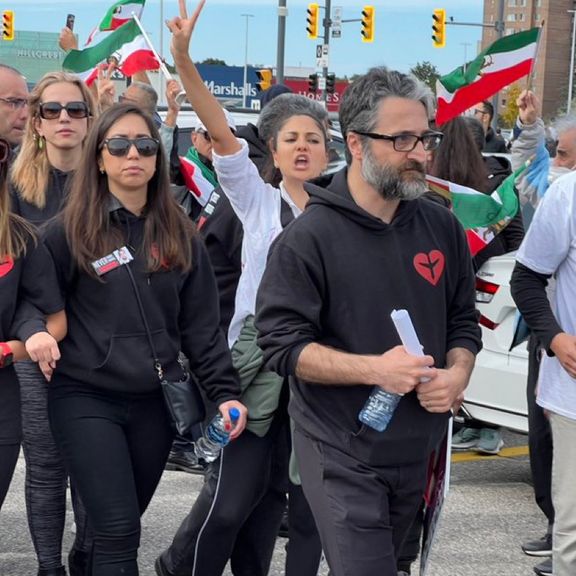
Canada-based activist Hamed Esmaeilion, whose daughter and wife were killed by the IRGC, has called on the international community to downgrade diplomatic ties with the Islamic Republic.
Esmaeilion made the plea in an interview with Iran International after the demonstrations against the Islamic Republic in Toronto on Saturday, when Iranian diaspora communities and human rights activists held unprecedented rallies in over 150 cities throughout the world.
Esmaeilion – the spokesman for the families of victims of Ukrainian flight PS752 shot down by Iran’s Revolutionary Guard in January 2020 – urged world countries to expel Tehran’s envoys. His wife and young daughter were among the 176 people onboard the airliner.
"This can be a start for Europeans and countries that have Iranian embassies to behave properly” in response to worldwide protests against the regime in Tehran, he said.
He added that the Iranians are showing the world that they do not want the Islamic Republic and that its officials do not represent the people of Iran.
Many people in Iran and abroad have been holding regular protests since the death of Mahsa Amini, the 22-year-old woman whose murder in the hands of hijab police has sparked an uprising. The level of unanimity and support from foreign leaders and officials as well as celebrities and well-known figures is unprecedented.
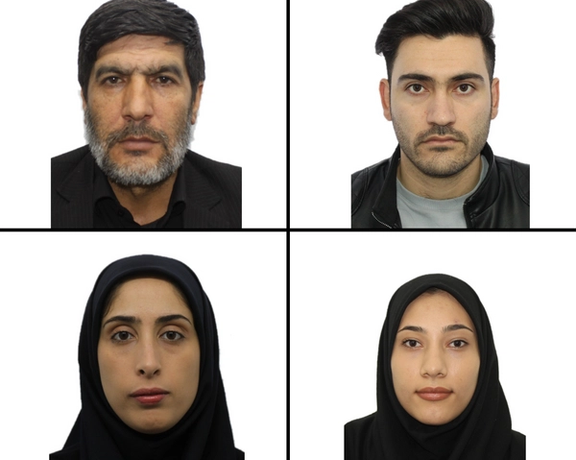
A hacking group has shared the alleged identities of the hijab police team that arrested Mahsa Amini, the woman whose death has sparked an uprising in Iran.
Hacker group Backdoor (3ackd0or) provided Iran International with documents about the four police officers who stopped Mahsa along with a few of his relatives in Tehran and took her to the Vozara police station in a police van. According to reports, she suffered at least one severe blow to her head that led to her death in the following hours.
Iran International has no knowledge of how they obtained this information, which cannot be independently verified.
The commander of the team was Captain Enayatollah Rafiei, 52 years old and from the town of Khodabandeh in northwestern Zanjan province.
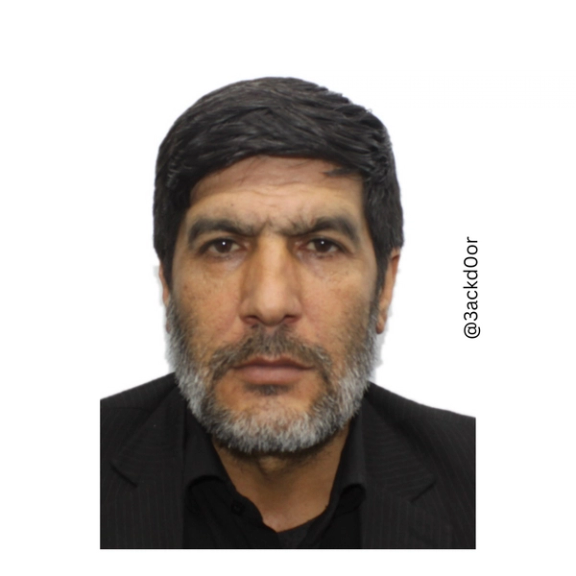
The other male agent of the team was identified as Sergeant Ali Khoshnamvand, 27 years old and from the village of (Khoshnamvand) Khushnamvand in the Kouhdashtdistrictof Lorestan province in western Iran.
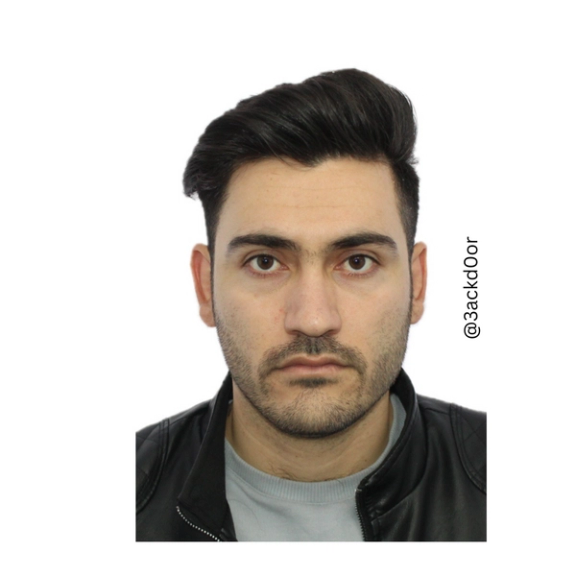
Parastou Safari is 36 years old and was born in the eastern city of Kermanshah. She is probably the female agent who deemed Mahsa’s clothing “inappropriate” and decided to take her to the station for “a short training on Islamic dress code.”
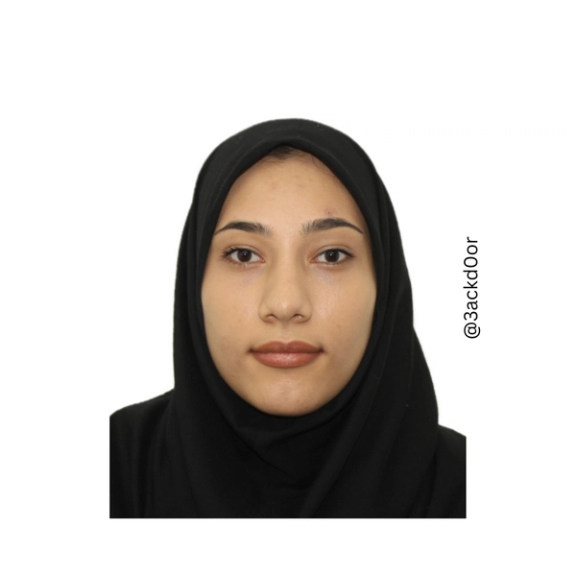
Fatemeh Ghorban-Hosseini is 27 years old, the youngest of the team that arrested Mahsa and was born and raised in the capital Tehran.

The authorities first tried to spread disinformation that Mahsa Amini had an illness which caused her death, but soon information emerged that severe blows had broken her skull and caused a coma after two hours of her arrest.
Her death almost immediately led to protests in her home province of Kordestan in Western Iran and then spread to the capital Tehran and other cities. The government resorted to brutal force against demonstrators and so far at least 150 people have died, with the largest single-day toll on September 30 in the city of Zahedan where 42 local protesters were shot.
On Thursday, September 29, Mohammad-Bagher Bakhtiar, a former commander of the Revolutionary Guard during Iran's 1980-88 war with Iraq, published an audio file quoting informed sources at the Forensic Medicine Organization as saying that Amini died because of a "blow to her skull".
Iran International had earlier published Mahsa's skull CT scan which showed bone fracture, hemorrhage and brain edema. The medical documents and dozens of exclusive images sent to Iran International by a hacktivist group vividly show a skull fracture on the right side of her head caused by a severe trauma to the skull, which corroborate earlier accounts by her family and doctors about her being hit several times on the head, proving that the Iranian police's claim that she suffered a heart attack was untrue.
An eyewitness told Iran International last week that Mahsa had told her in a detention room that an officer had hit her on the head.